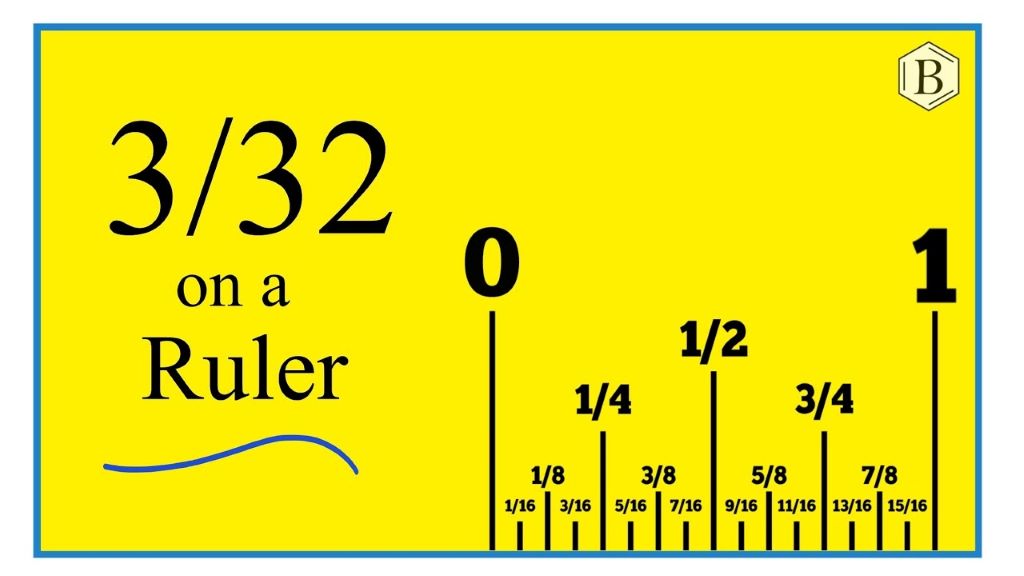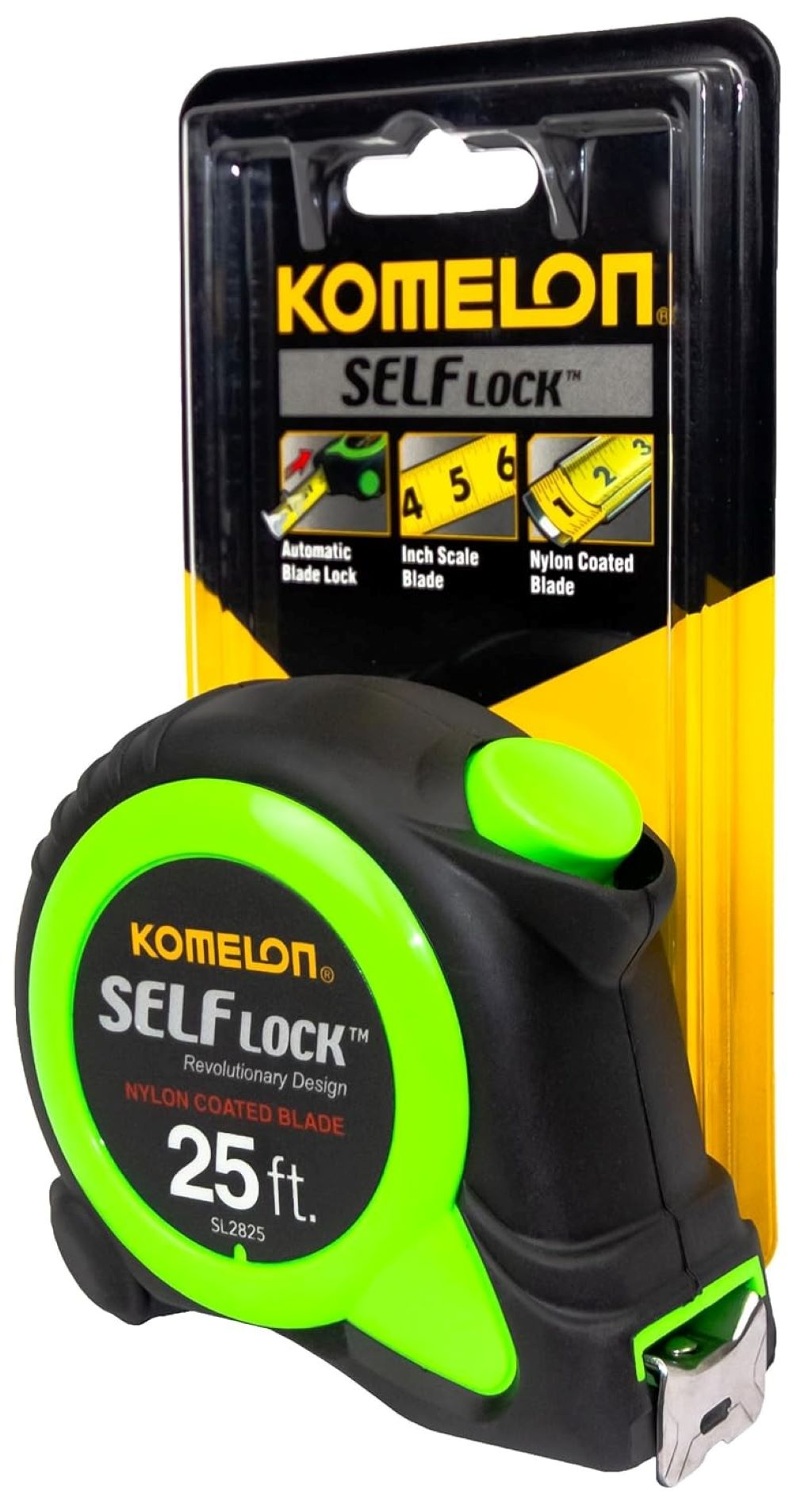If you’ve ever stared at a ruler marked with 1/32-inch increments and felt a bit confused, you’re not alone. Most people are familiar with the more common measurements like inches, halves, quarters, or eighths—but when you get down to 32nds, it can feel overwhelming. Whether you’re working in woodworking, metalwork, sewing, DIY home improvement, or school projects, understanding 32 ruler measurements can make all the difference between “close enough” and “exact.”
In this comprehensive guide, we’ll demystify the 32nds of an inch, explain how to read them, provide real-world use cases, and share tips on how to use a ruler marked with 1/32 divisions accurately. By the end of this article, you’ll be able to confidently read and use a 32-scale ruler like a pro.
🔍 What Are 32 Ruler Measurements?
A 32 ruler measurement refers to the divisions of an inch into 32 equal parts. In other words, each small line on such a ruler represents 1/32 of an inch.
To visualize:
- 1 inch = 32/32
- 1/2 inch = 16/32
- 1/4 inch = 8/32
- 1/8 inch = 4/32
- 1/16 inch = 2/32
- And so on…
These measurements are extremely useful in applications where precise measurements are required. Rulers and measuring tapes with 1/32-inch markings are typically used in engineering, architecture, construction, cabinet making, and technical drawing.
📏 Why Use a Ruler with 1/32-Inch Markings?
- Precision
When working with materials where accuracy is crucial—such as cutting hardwood, machining metal parts, or fitting trim—being off by even 1/16 inch can lead to gaps or misalignment. The 1/32 scale allows for extremely precise measurements.
- Professional Standards
Certain industries require measurements to the nearest 1/32 inch to meet quality or safety standards. For instance, fine carpentry and aerospace engineering often rely on this level of detail.
- Improved Fit and Finish
If you’re building something like cabinetry or furniture, accurate cuts are key to achieving a high-quality, professional finish. Even slight discrepancies are noticeable in fine work.
🧠 Understanding 32nds: The Breakdown
Let’s look at how 32nds compare with other common inch fractions:
| Decimal | Fraction | 32nd Equivalent |
| 0.03125 | 1/32 | 1/32 |
| 0.0625 | 1/16 | 2/32 |
| 0.09375 | 3/32 | 3/32 |
| 0.125 | 1/8 | 4/32 |
| 0.15625 | 5/32 | 5/32 |
| 0.1875 | 3/16 | 6/32 |
| 0.21875 | 7/32 | 7/32 |
| 0.25 | 1/4 | 8/32 |
| 0.28125 | 9/32 | 9/32 |
| 0.3125 | 5/16 | 10/32 |
| 0.34375 | 11/32 | 11/32 |
| 0.375 | 3/8 | 12/32 |
| 0.40625 | 13/32 | 13/32 |
| 0.4375 | 7/16 | 14/32 |
| 0.46875 | 15/32 | 15/32 |
| 0.5 | 1/2 | 16/32 |
And it continues all the way up to 32/32, which is exactly one inch.
This chart is helpful if you’re converting decimal to fractions or vice versa—especially in digital design or engineering software.
👀 How to Read a Ruler Marked in 1/32 Inches
Reading a ruler with 32nds of an inch might look intimidating at first glance due to the large number of lines per inch. Here’s how to make it easier:
Step-by-Step Guide:
- Identify the Inch Mark: The longest line is the full inch.
- Locate the Half-Inch Mark: Slightly shorter than the inch line.
- Quarter and Eighth-Inch Marks: These are shorter but easier to see.
- Find the 32nd Lines: These are the shortest and are in between the longer fraction marks.
For example:
- The fifth line after the 1-inch mark = 1 inch + 5/32 inch.
- The 21st line after the 2-inch mark = 2 inches + 21/32 inch.
Using a magnifier or caliper can help when extreme accuracy is necessary.

⚒️ Real-Life Use Cases for 32 Ruler Measurements
Woodworking
When crafting dovetail joints or precise miters, the 1/32-inch ruler helps reduce gaps and ensures snug fits.
Metalworking
In machining and metal fabrication, tolerances are tight. Measuring to the 32nd of an inch can make a difference in part fit and function.
Engineering Drawings
Architects and engineers may use 1/32-scale rulers to draw and read detailed blueprints, especially for mechanical parts.
Sewing and Quilting
While not as common, precise seam allowances or patchwork patterns might occasionally benefit from 1/32-inch accuracy.
DIY Projects
Installing shelves, trimming baseboards, or fitting windows? You’ll appreciate having accurate measurements to avoid expensive mistakes.
🧩 Tips for Using a 32nd Ruler Accurately
- Use Proper Lighting: Good lighting helps distinguish between tiny markings.
- Hold Steady: Make sure both the ruler and your material are still while measuring.
- Mark with Precision: Use a sharp pencil or marking knife for better accuracy.
- Double Check: Measure twice, cut once—especially when using smaller fractions.
- Use a Digital Caliper: For highly accurate measurements, a digital caliper that measures to 0.001 inch can supplement your 32-scale ruler.
🛠️ Tools That Feature 32 Ruler Measurements
- Precision Rulers: Stainless steel rulers marked down to 1/32 inch.
- Measuring Tapes: High-end measuring tapes used in construction often include 32nd increments.
- Combination Squares: Some come with scales marked in 32nds for precise layout.
- T-Squares & Architect Rulers: Used in drafting and blueprint reading.
🧮 Converting Between 32nds and Other Units
Fractions to Decimals:
- Divide the numerator by 32.
- e.g., 11/32 = 0.34375
Decimals to Fractions:
- Multiply the decimal by 32.
- e.g., 0.71875 × 32 = 23 → So, it’s 23/32
To Metric (mm):
- 1 inch = 25.4 mm, so:
- 1/32 inch ≈ 0.79375 mm
Being able to switch between imperial and metric, especially when working globally, is a valuable skill.
📚 Summary Table of All 32 Ruler Measurements
Here’s a quick reference of every 1/32 mark in an inch:
| 32nd | Fraction | Decimal |
| 1 | 1/32 | 0.03125 |
| 2 | 1/16 | 0.0625 |
| 3 | 3/32 | 0.09375 |
| 4 | 1/8 | 0.125 |
| 5 | 5/32 | 0.15625 |
| 6 | 3/16 | 0.1875 |
| 7 | 7/32 | 0.21875 |
| 8 | 1/4 | 0.25 |
| … | … | … |
| 32 | 1 inch | 1.0 |
Keep this chart nearby when measuring or converting.
✅ Conclusion: Mastering 32 Ruler Measurements
Understanding how to read and use a ruler with 1/32-inch measurements can elevate the quality and precision of your work—whether you’re building a bookshelf, drafting a part, or doing a classroom project. While it may take a little practice at first, the payoff is worth it: tighter fits, cleaner finishes, and greater confidence in your measurements.
📣 Call to Action (CTA)
Ready to level up your measuring game? Grab a high-quality ruler with 1/32-inch markings and try measuring something in your home or workshop today. Bookmark this guide for quick reference, and share it with fellow DIYers, engineers, or students who want to learn how to measure like a pro!
For more tutorials on measurement techniques, woodworking tools, and precision tips, subscribe to our blog and never miss an update. Precision starts here!
Read More:




